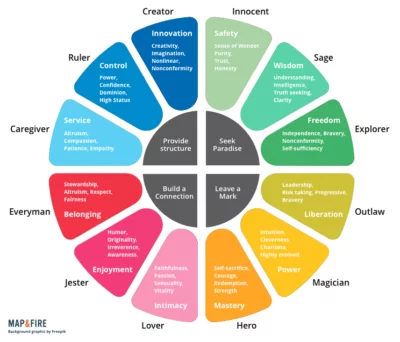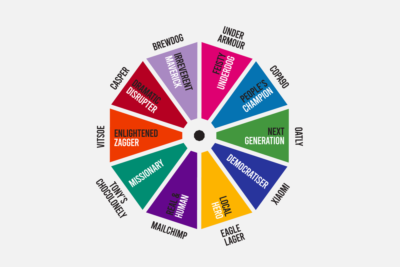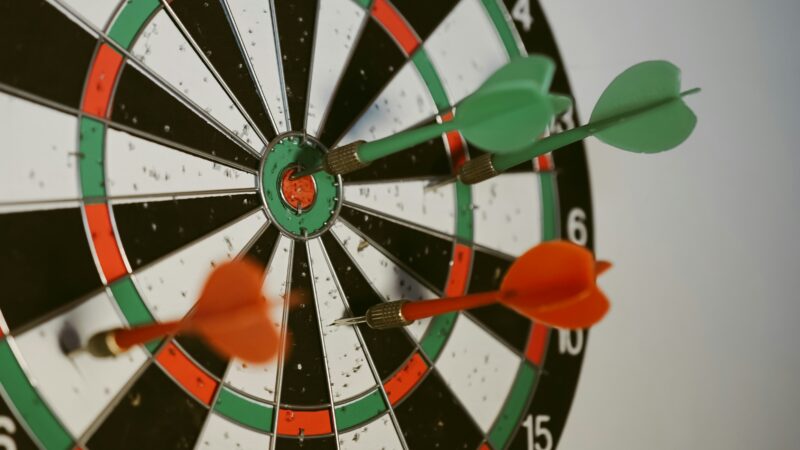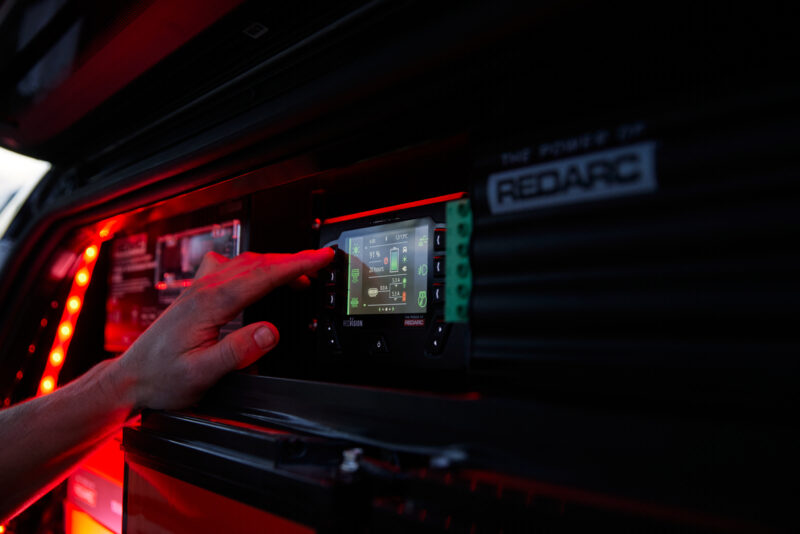Two frameworks to guide brand stories
This month we have been thinking about storytelling at Square Holes, from why it’s an important marketing tool to how to construct a story that resonates.
But how can brands share stories that build connection and trust?
Finding the right angle that communicates the brand strategy and position is not an easy task, but a brand personality framework can help identify opportunities for brands to differentiate and authentically develop a storytelling point of view. While brand personality can involve extended research, brand owners can use the frameworks below to explore the role of brand in storytelling.
One of the most common brand personality frameworks is the 12 Brand Archetypes, based on Carl Jung’s research on personality and psychology. This cast of characters is a familiar one to many, like the hero, the rebel, and the jester. It’s true this framework has many critics, including Mark Ritson who ranks brand archetypes number five on his ‘All-Time Marketing BS Index’, based on the idea that using archetypal personalities squashes creativity and authenticity.

But like many other marketing approaches, these archetypes are purely a guide or a starting point and can be used as a tool to communicate brand strategy to various stakeholders. It is a framework to contextualise the brand personality and values and provide a baseline consistency across touchpoints.
Often, the strongest brands combine seemingly opposite positions. For example, IKEA is simultaneously ‘the everyman’ (approachable and relatable) and ‘the magician’ (visionary and clever).
While the 12 Brand Archetypes are about personality, UK agency Eat Big Fish offers their own take which focuses on stories – 10 Types of Challenger Brand Strategy. Challenger brands, from the perspective of Eat Big Fish, are all about mindset: “it has business ambitions bigger than its conventional resources, and is prepared to do something bold, usually against the existing conventions or codes of the category, to break through.” These brands are not always challengers of a brand or person, but can champion an idea or question the status quo.

This framework acts as a foundational storyline, creating a compelling hook that has readers asking why and how. Moreover, this approach sets up brands to be mission-driven. It’s worth noting that Eat Big Fish is clear that this strategy is not limited to start-ups or disruptive innovators; Sony Playstation was on their ‘Challenger Brands to watch’ list in 2020.
Additionally, ‘mission driven’ or ‘taking a stand’ does not need to be political or contrarian. I love the example of Minor Figures, the UK brand offering coffee and vegan ready-to-drink beverages. Their quirky labels stand out for fun illustrations and playful colours, but the brand identity is not just a bit of fun. It’s meant to convey the broader brand ethos around celebrating the simple things in life.
We’re not that brand that’s like, ‘get up and rise and grind. You can crush it, go out and do it,’ and all these puke-ridden motivational and aspirational brands. Our brand name and the characters on our packaging are all about celebrating humble lives rather than celebrating success… we’re, you know, the non-hero.” says Stuart Forsyth, co-founder and CEO of Minor Figures.
Minor Figures hasn’t reinvented the wheel, but backed a FMCG product with a positive brand story and told with conviction.
When deciding which story to tell, qualitative and quantitative research is valuable. While this could be a robust study, observing online discussion via social media, conducting a simple category analysis or speaking with customers are a great start to uncovering an authentic brand story.




